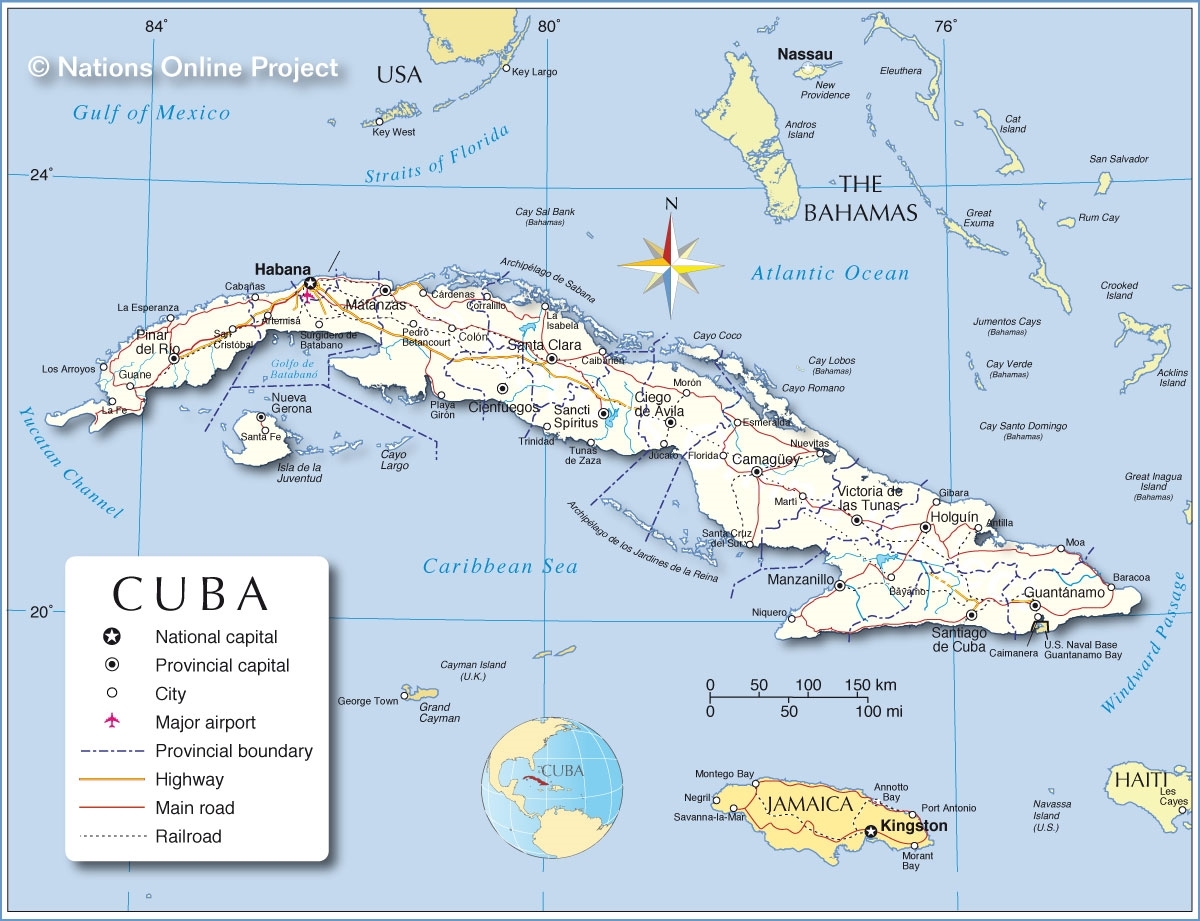Bloomberg References Cuba Coffee Production. Unfortunately, Today Production Is Too Limited To Make A Difference
/The World’s Coffee Mostly Comes From Two Countries. That’s a Problem
Consolidation in Brazil, Vietnam poses risk in warming world
Small producers from Cuba to Thailand could be key to future
Bloomberg- 29 August 2024
Workers dump harvested coffee cherries into a truck on a farm in Guaxupe, Minas Gerais state, Brazil.Photographer: Patricia Monteiro/Bloomberg
Coffee from Peru, Thailand and other smaller producers used to be a luxury for dedicated drinkers particular about their morning brew.
Now, in a warming world, it could be key to the industry’s future.
Some 40 countries grow coffee, but more than half of global production has long come from just two: Brazil and Vietnam. And when bad weather hits both — an increasing risk in a destabilized climate — prices soar. Witness this year’s $9 lattes, as drought gripped both nations.
That’s lending new momentum to coffee-industry investments in other countries, from Cuba to Rwanda. There’s clearly a market, as many consumers seek out beans of uncommon origin. And the industry, suffering from consolidation, badly needs a more diverse supply chain.
“There is an urgency now, because this year proves that the impact of climate change cannot be underestimated,” said Andrea Illy, chief executive officer of Illycaffe SpA, in an interview. “It is starting to change the market itself.”
His family-run company, founded in 1933, has re-entered countries in eastern and southern Africa where it used to buy beans, and it’s expanding procurement from current suppliers outside Brazil and Vietnam. Coffee trader Volcafe Ltd. in May secured $60 million in financing to boost its operations in East Africa. Starbucks Corp. has been distributing trees and investing in loans to producers in Peru, Rwanda and Tanzania.
European coffee roaster Lavazza SpA is in the midst of a 20-year project to help revive Cuba’s coffee industry, which faded after the Cuban Revolution in the 1950s. Nestle SA’s Nespresso announced a $20 million investment in the Democratic Republic of the Congo’s coffee industry earlier this year. The company already spent 60 million Swiss francs (about $71 million USD) over the last five years as part of its Reviving Origins program, aimed at restoring coffee production in areas like Uganda, Zimbabwe and Cuba.
“Preserving exquisite coffees from adverse circumstances such as conflict, economic or environmental disaster and ensuring a future for the farmers who produce them is a critical part of our business,” a Nespresso spokesperson said.
Workers harvest coffee cherries at a farm in Buon Ma Thuot, Vietnam. Photographer: Maika Elan/Bloomberg
None of this will likely cut prices at the corner cafe, at least not anytime soon. Smaller producers lack the economies of scale boasted by Brazil and Vietnam, often relying on family farms that harvest by hand. Production efficiencies and the lower prices they bring are what led the industry to rely so much on just two countries in the first place.
But consumers today are willing to pay more for top-end, small-origin coffees than they once were, said Peter Radosevich, the head of international sales for California-based importer Royal Coffee Inc. Ever since coffee consumption shifted home during the Covid-19 pandemic, drinkers have been “more discerning and demanding more quality,” as well as variety and traceability, he said.
Smaller producers have long been associated with “specialty” coffee — beans scoring highest on qualities ranging from fragrance to aftertaste. A June National Coffee Association report found that nearly half of American adults now drink specialty coffee on a daily basis, surpassing mass-market options for the first time. A shift from drip coffees toward espresso-based beverages has prompted drinkers to think more about the taste of their daily cup, said Xavier Alexander, co-founder of Chicago-based Metric Coffee, which sources from countries such as Peru and Honduras.
Small-production countries are reaping the benefits. Honduras, for example, has been increasing coffee output, though farmers have also faced tighter margins as production costs rise, said Miguel Pons, the executive president of the country’s association of coffee exporters.
These countries are still a small subset of the world’s supply, but output is rising “because it is deemed much more profitable to the farmers in general,” said Praewa Boonyawan, a producer with Thabdheva Thapthai Co. in northern Thailand. “There is certainly a higher demand on the consumer side.”
A worker uses a rake to spread coffee cherries in Surin province, Thailand.Photographer: Taylor Weidman/Bloomberg
To keep the momentum going, though, coffee companies will need to continue adding value for customers by touting direct sourcing and sustainability, or emphasizing the personalized, human interactions that comes with going to an old-school coffee shop, said Matthew Barry, an insight manager for food and beverage at research firm Euromonitor International.
Otherwise, consumers may shift toward more affordable drinks that are “easy,” like cold, canned coffee, Barry said. “Grocery shopping is stressful these days,” he said. “Buying your coffee shouldn’t be.”
Higher prices along the entire supply chain are likely to stick around. If they do go down, small farmers would have less incentive to grow coffee – ultimately tightening supplies and sending prices back up again, said Jay Kling, the director of coffee at Irving Farm New York. “Honestly, I hope that the price of coffee stays high in a long-term way, because that’s what the industry needs right now,” he said.
— With assistance from Dayanne Sousa, Mumbi Gitau, and Fred Ojambo
LINKS To Related Analyses
Lavazza Of Italy Continues To Focus On Increasing Coffee Bean Production In Cuba. Lavazza And Nespresso Both Export To Global Markets. April 20, 2024
Might Cubaexport In 2020 Permit “Independent Entrepreneurs” To Export Coffee Beans, Cocoa and Honey To The United States? January 14, 2020
Lavazza From Italy & Nespresso From Switzerland Vie For Cuba's Coffee Production/Exports September 17, 2017






